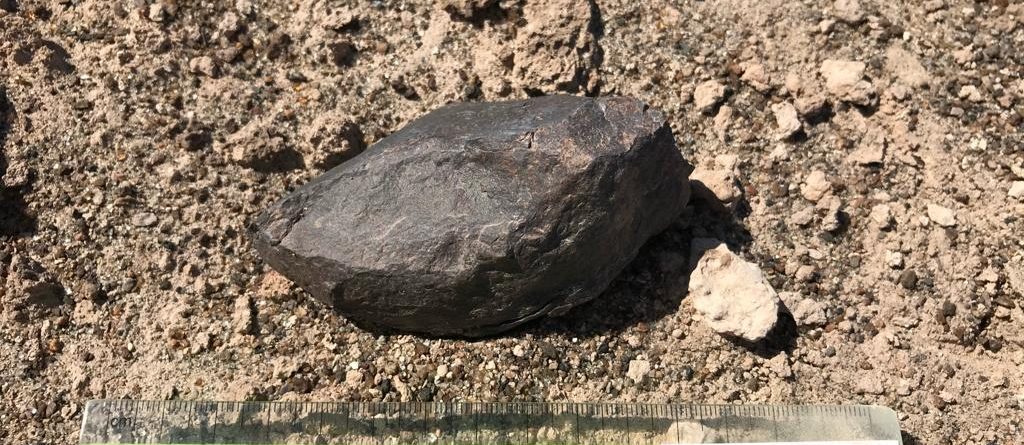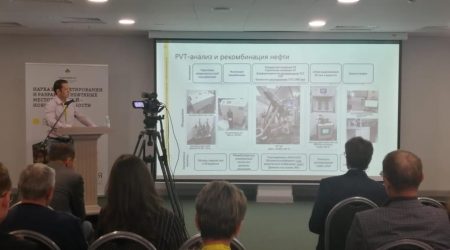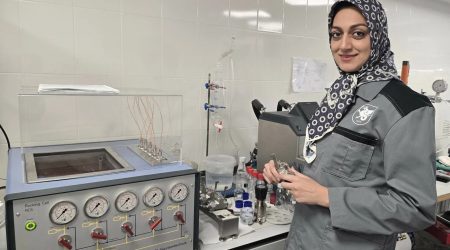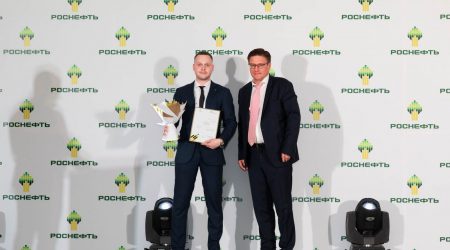Grant winner Dilyara Kuzina to study magnetic properties of rocks from Atacama Desert
Dilyara Kuzina (Laboratory of Paleoclimatology, Paleoecology and Paleomagnetism) is among the 19 KFU winners of the latest round of Russian Science Foundation funding.
Kuzina’s PhD thesis was dedicated to magnetic methods of detecting space substances in sedimental rocks; she has also partaken in an expedition for meteorites.
Her new project is aimed at studying magnetic properties of meteorites from Atacama. The desert unique in that it is a collection of meteorites from the last hundreds of thousand of years. The “Earth age” of meteorites, i. e. the time they have spent after hitting the planet, is usually determined with isotopic techniques.
This time, Kuzina plans to study about 150 meteorites and determine the degree of weathering in terrestrial conditions and transitions of primary iron minerals (kamasite, tenite) into paramagnetic and ferromagnetic minerals resistant to terrestrial conditions.
“We want to create a magnetic clock to approximately determine the time those extraterrestrial guests have spent here,” explained the scientist.
She believes that the study of meteorite weathering using rock magnetism is interesting for several reasons: magnetic properties can be used as an indicator of the terrestrial age of meteorites; combining with terrestrial ages will make it possible to determine the flux of meteorites to Earth; weathering intensity and mineral paragenesis can preserve paleoclimatic features acquired shortly after the meteorite fall.
So far, some magnetic measurements have already been made.










